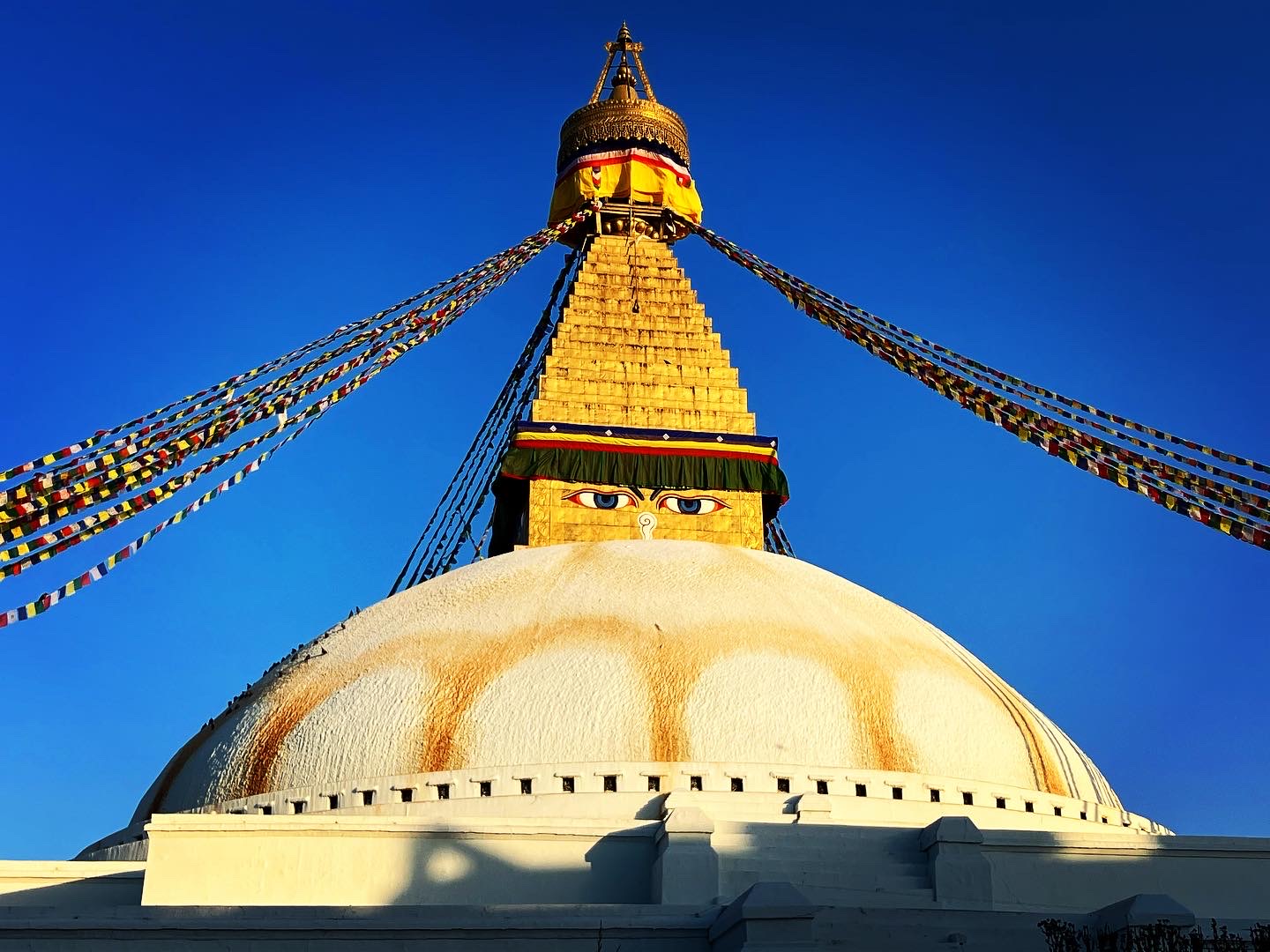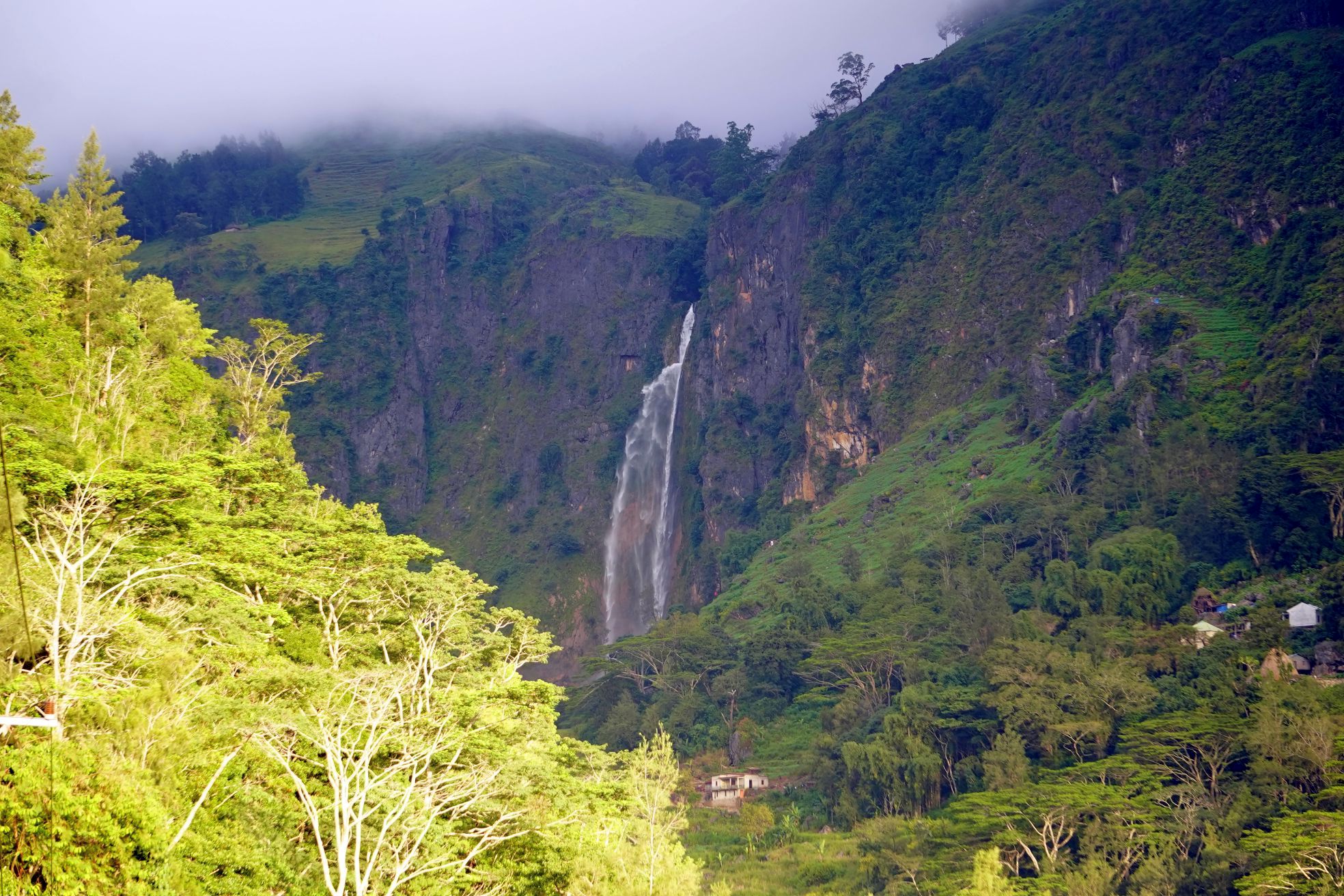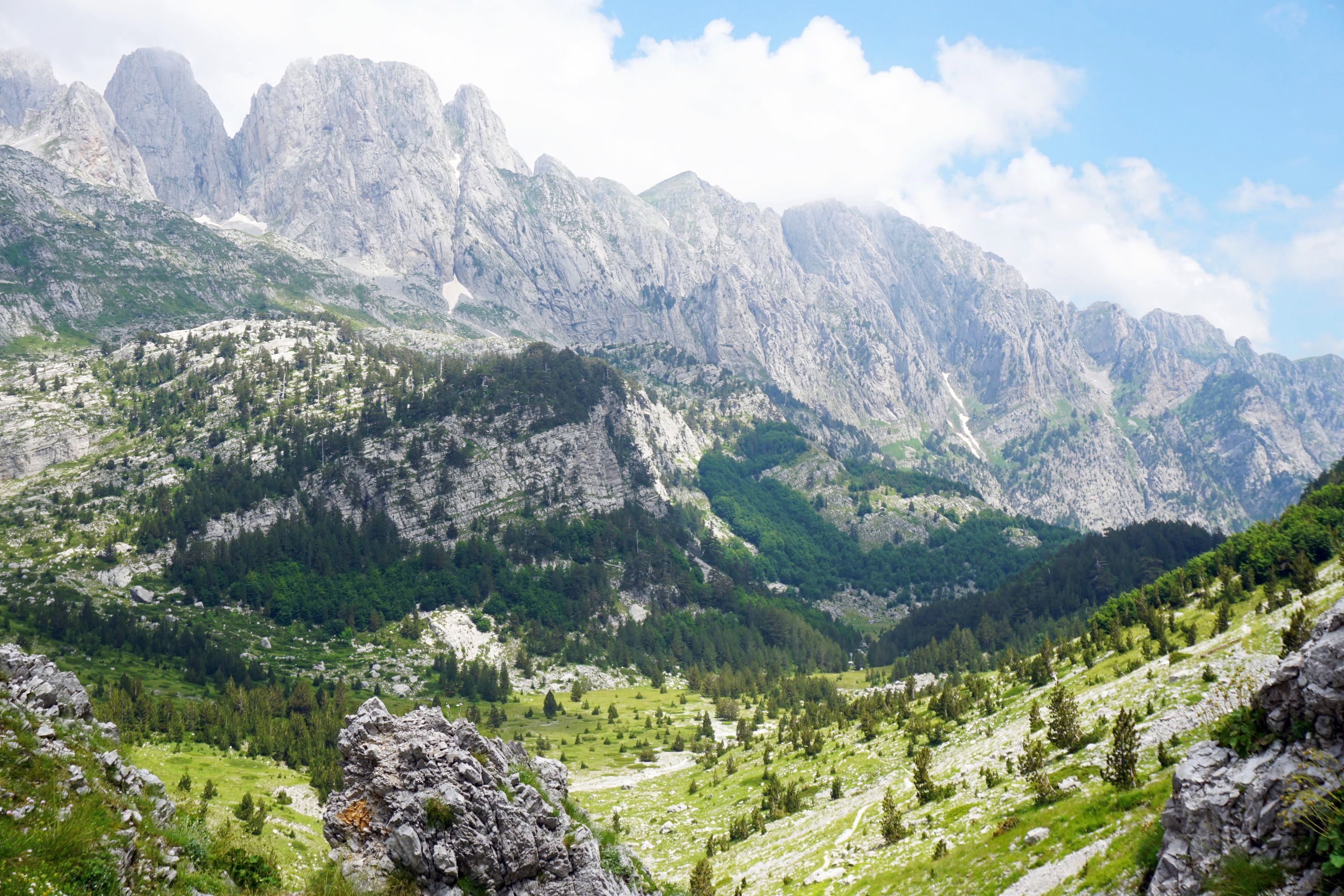Two of the most important religious sites in Kathmandu for Buddhists and Hindus, Boudhanath and Pashupatinath are powerfully evocative places and highlights of any trip to Kathmandu.
Boudhanath is the biggest stupa in Asia, 43m high. It has been a huge draw for Tibetan exiles, becoming an important hub where they can continue their spiritual practices. It’s ever watchful eyes strike you as soon as you turn off a busy road to walk up to it.

Thousands of pilgrims circuit the stupa, performing kora, 3, 9 or 108 times.


Surrounding the stupa are shops, restaurants, and four monasteries, two of which I visited.
Jhamchen Lhakhang Monastery is a classic Tibetan monastery, familiar in design to me from travels in Ladakh and Bhutan, but unusually it features a future Buddha, very slowing rising from a sitting position.







Guru Lhakhang Monastery offers the best views of Boudhanath from the roof top, timed well with sunset.

Pashupatinath is completely different, and perhaps even more powerful as a spiritual site. It is the oldest and most important Hindu temple in Nepal, dedicated to Lord Shiva.

It is perhaps best known as the site of open air cremations, with bodies burnt and the remains scattered into the holy Bagmati River.




There are a bewildering variety of buildings on the sprawling site.







Including two main temples, though neither are accessible to non-Hindus.


These hundred thousand wicks are burnt outside the main temple.

There are quite a few monkeys around, and oddly at the top of the hill a goat and deer park.

There are many shrines and stupa over the hills opposite the river. It’s a confusing but clearly sacred place, though plenty of people were busy taking group photos, or playing on their phones.









Leave a Reply